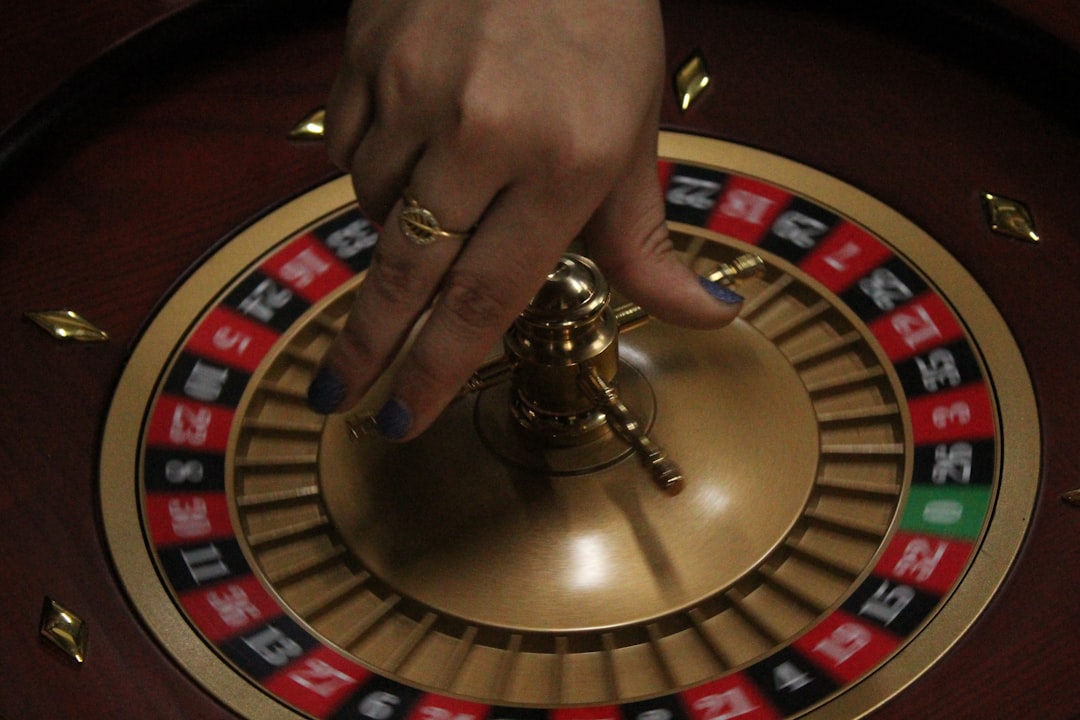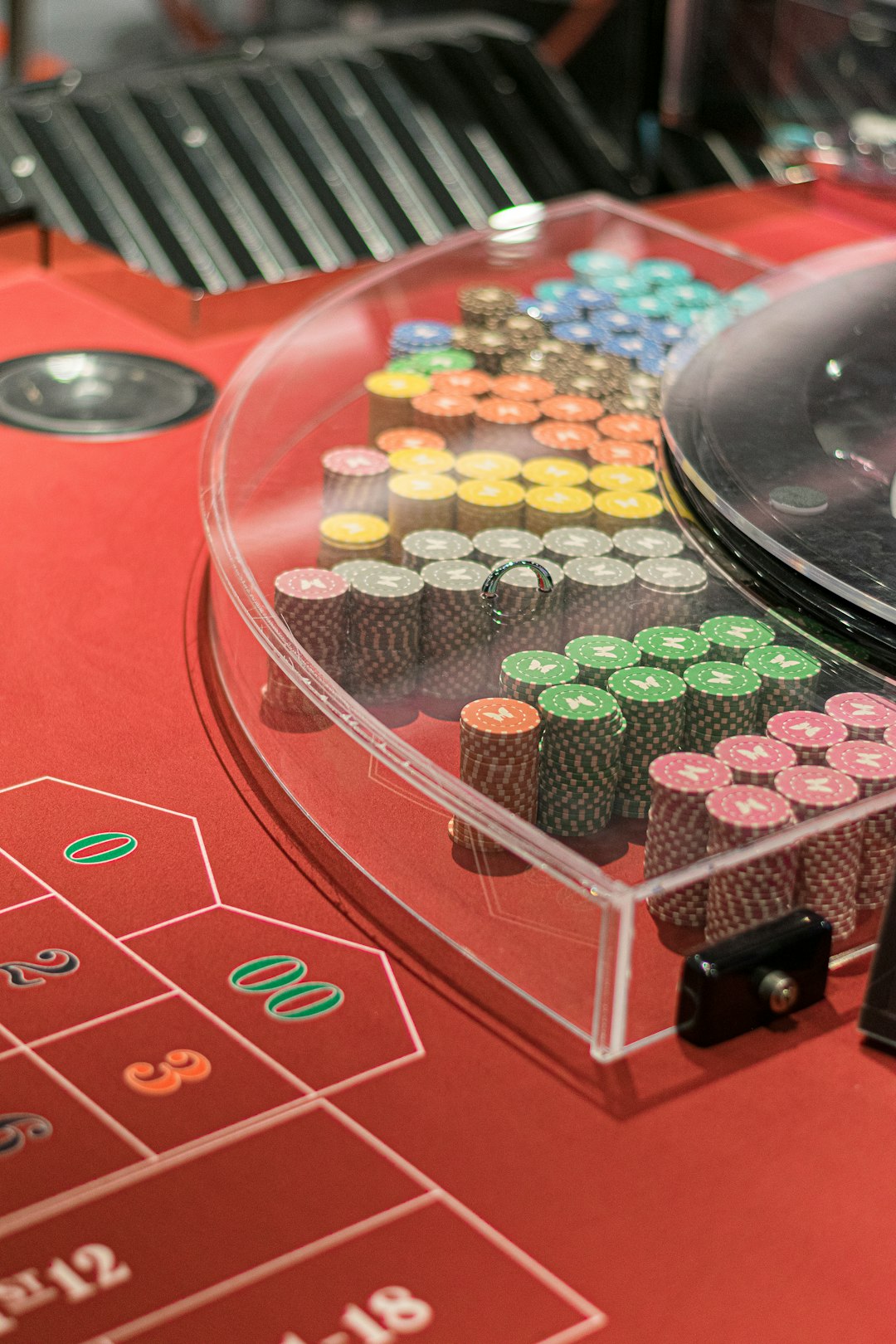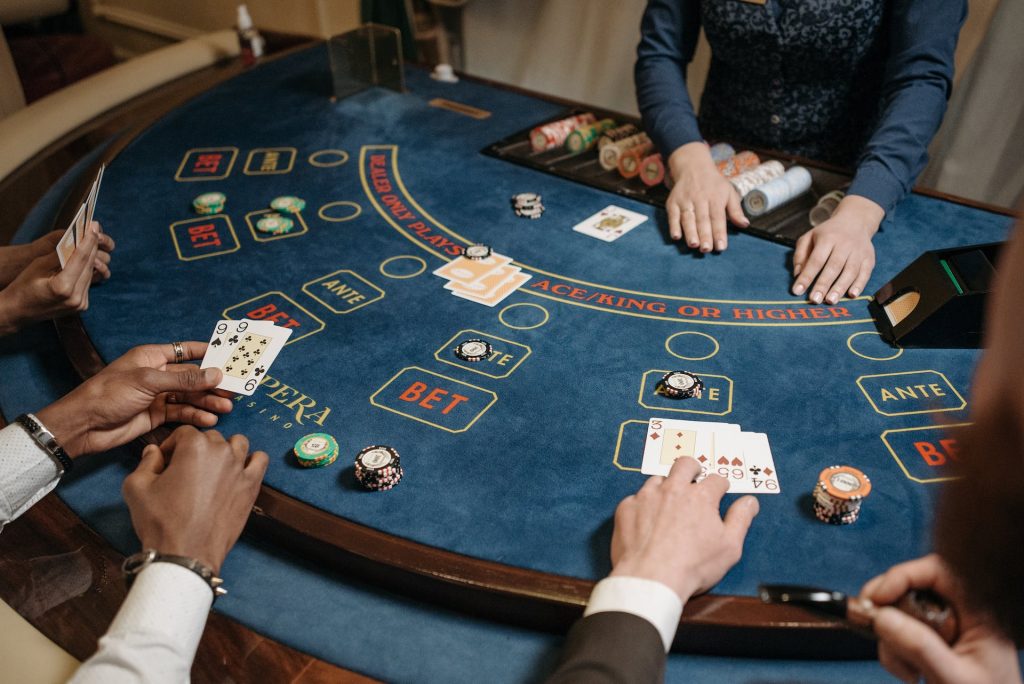Roulette is a game of chance that has captivated casino enthusiasts for centuries. Yet, not all roulette wheels are created equal. While the spinning ball and numbered pockets remain the stars of the show, the mathematical odds behind different versions of the game can dramatically affect your long-term success. In this article, we’ll pit the three most popular roulette variants—European, French, and American—against each other to find out which offers the best value for your chips.
The Layout Basics
Before diving into the math, it’s important to understand the physical and structural differences among these variants:
- European Roulette: Features a single zero (0) and 36 numbered pockets from 1 to 36, making a total of 37 pockets.
- French Roulette: Uses the same single-zero, 37-pocket wheel as European Roulette but includes unique rules like La Partage and En Prison.
- American Roulette: Adds an extra double zero (00), totaling 38 pockets.

The Mathematical Edge
At the heart of roulette’s math lies the concept of house edge—the built-in advantage casinos have over players. This edge varies based on wheel layout and game rules:
- European Roulette House Edge: Approximately 2.70%. This is calculated based on the 1 in 37 probability of the ball landing on zero, which causes all even-money bets to lose.
- French Roulette House Edge: Can be as low as 1.35% on even-money bets thanks to special rules explained below.
- American Roulette House Edge: A much higher 5.26% due to the presence of the double zero.
Clearly, the French variant offers the most favorable odds—at least under certain conditions. But why?
French Roulette: The Rule That Changes Everything
Two rules distinguish French roulette from its European and American cousins: La Partage and En Prison.
- La Partage: If you place an even-money bet (like red/black, odd/even) and the ball lands on zero, you get half your wager back.
- En Prison: Similar to La Partage, but instead of losing or getting half back, your bet is “imprisoned” for the next spin. If it wins, you get your original bet back with no profit.
These two rules can reduce the house edge on even-money bets from 2.70% to just 1.35%, making French roulette the most advantageous version for those who favor conservative betting strategies.
American Roulette: The Double-Zero Danger
American roulette is popular in the United States but notorious for its steep house edge. The extra ‘00’ gives the casino a bigger bite of the pie and disrupts betting patterns.
Let’s consider a straight-up bet (betting on a single number):
- Your odds in American Roulette: 1 in 38 (2.63%)
- Your odds in European and French Roulette: 1 in 37 (2.70%)
Although the payout is the same—35 to 1—the odds of winning are worse in the American variant, exposing the player to a higher risk with no added reward.
Which Version Should You Play?
If you’re looking to stretch your budget and play longer, go for French or European roulette. Here’s a quick breakdown:
- Best for Beginners and Value Seekers: French Roulette — Lowest house edge on even-money bets
- Balanced Experience: European Roulette — Simple and straightforward, with decent odds
- Risk Takers: American Roulette — Higher house edge, but more common in U.S. casinos

Final Thoughts
The math behind roulette makes it more than just a game of luck. Understanding the probabilities and house edges of the different versions can help you make smarter, more strategic choices. While American roulette may offer eye-catching visuals, the extra zero significantly tilts the numbers against you. For those who want to keep the odds more in their favor, European and especially French roulette are the clear winners.
So next time you hear that hypnotic spin at the casino, make sure you know which wheel you’re playing on—the math could make all the difference.
